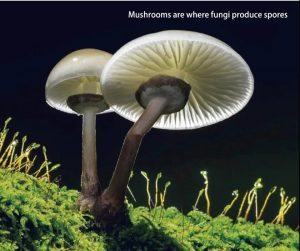
Some time ago, an interesting story was hot searched: a basin of students’ clothes that had been placed for a long time were covered with mushrooms. However, mushrooms can not only run on clothes, but also fly and escape.
Mushroom spores everywhere
Although it may not be visible to the naked eye, mushrooms are around us. Mushrooms release millions of tons of mushroom spores into the atmosphere every year. These spores flutter in the wind, fall on the land elsewhere, or attach to our clothes, and then we take them into the wardrobe and grow on the clothes or in the corner of the wardrobe. Spores will also run to the sky with the wind. Scientists even found mushroom spores in the clouds.
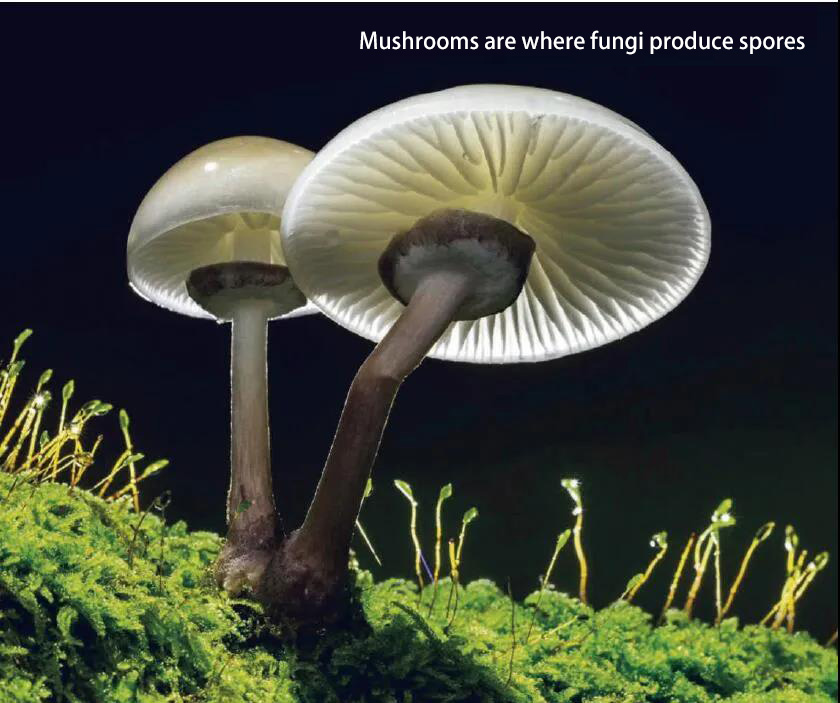
Now, scientists believe that mushroom spores can promote cloud formation. This is because the condensation of water vapor in the atmosphere to form water droplets requires condensation nodules. These condensation nodules can be chemical solution droplets such as chlorine, nitrogen and carbon, or solid particles such as micro dust. The more condensation nuclei, the more favorable it is for water vapor to condense into water droplets and then form clouds. Mushroom spores, as a tiny solid substance, can provide a large number of condensation nodules for water droplets, and then promote the formation of clouds. If it rains, the spores will fall to the ground with the raindrops, then take root and spread.
In addition to spreading by spores, mushrooms also expand their fields by growing mycelium on the surface or underground. Mycelium is a very effective way for mushrooms to spread. It is similar to the roots of plants, but it is smaller and longer. Hyphae can take root not only in the soil, but also in the garbage of modern cities. If you remove the soil containing mycelium, you will find that the mycelium has been extending for a total distance of up to 100 meters. At present, the longest hypha in the world is in the United States, with a length of 10 kilometers and a weight of hundreds of tons. It is also the longest-lived hypha, which is 2400 years old.
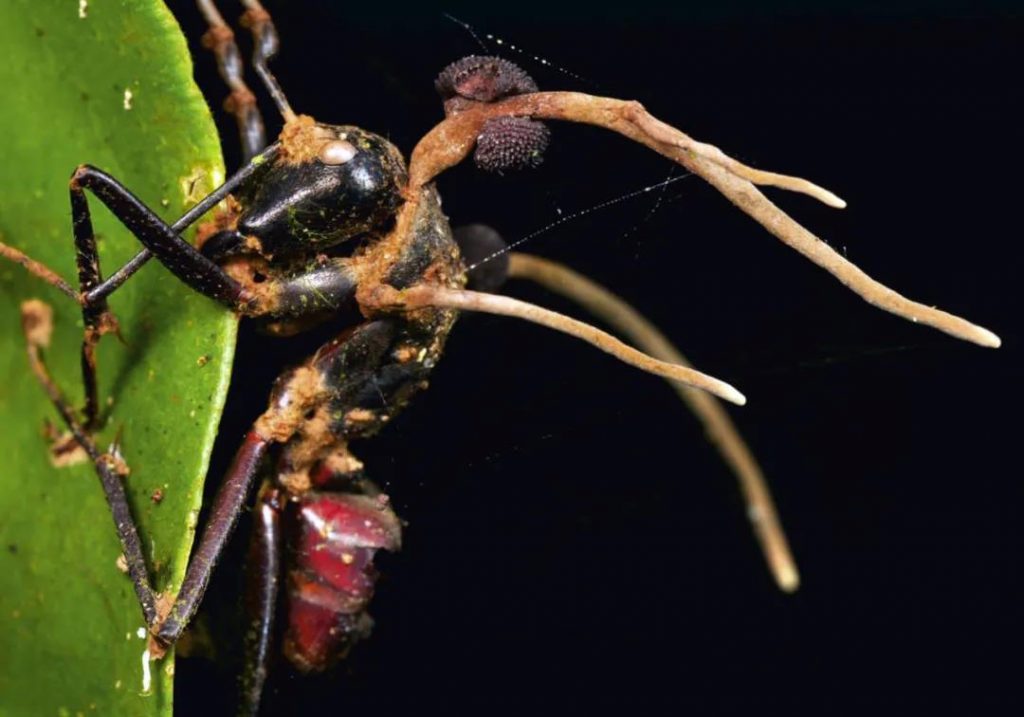
Some fungi enslave their hosts. The ants in the picture are infected by “zombie fungi”.
When it comes to mushrooms, some people may think of the “toxicity” of mushrooms. Now let’s have a look. The drug effect of mushroom on human body mainly comes from its secondary metabolite, which is an organic compound produced by mushroom. Although some mushrooms are poisonous to humans, few are fatal. So far, scientists have found as many as 14000 kinds of mushrooms, of which less than 100 are fatal, accounting for only about 0.7% of the total. Poisonous mushrooms cause more mental effects, such as hallucinations or excitement, and very unpleasant experiences such as diarrhea and vomiting.
At present, there is no way to help us identify poisonous mushrooms directly with the naked eye. There is only one wrong way, that is, do not eat any kind of mushrooms seen in the wild. As for the identification guide of “the brighter the mushrooms, the more toxic” is completely a rumor. The appearance of most deadly mushrooms is either very ugly, people can’t afford to eat, or they are ordinary.
Relationship between mushrooms and fungi
The relationship between mushrooms and fungi is just like the relationship between fruits or flowers and plants. Mushrooms are only the place where fungi produce spores. Moreover, not all fungi grow mushrooms. Most fungi can produce spores without mushrooms. Compared with millions of tons of mushrooms, fungi produce about 45 million tons of spores every year.
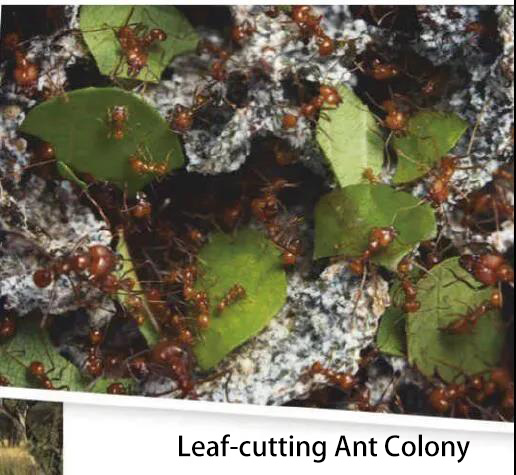
Fungi appeared on the earth as early as 1 billion years ago, and have maintained an important symbiotic relationship with most plants since 400 million years ago. Fungi combine with plant roots to form mycorrhizal. Fungi are responsible for promoting the absorption of inorganic substances such as nitrate and phosphate by plants, and plants provide some organic substances synthesized by photosynthesis to fungi. More than 90% of plants have mycorrhiza, and many of them cannot survive without fungi. In addition to mycorrhizal formation, fungi also combine with algae and other organisms to form a tight mesh. In some environments, these silk screens can even replace tree roots and stick the soil closely together, so as to maintain water and soil, of which lichens are the representative.
A lichen from air to earth
Lichens are symbiotic organisms formed by the combination of fungi and photosynthetic algae or bacteria. This symbiotic organism can survive in some incredible environments. Even in the Sahara desert, lichens can be found there. They not only thrive on some hot sand, but also stabilize the sand surface and reduce the formation of dust storms.
Scientists also found lichens in Antarctica. They live a paradise like life away from human beings. Although they live in this extremely cold and high-intensity ultraviolet environment, all this seems to be no problem. This is not surprising. After all, lichens have been brought into the universe.
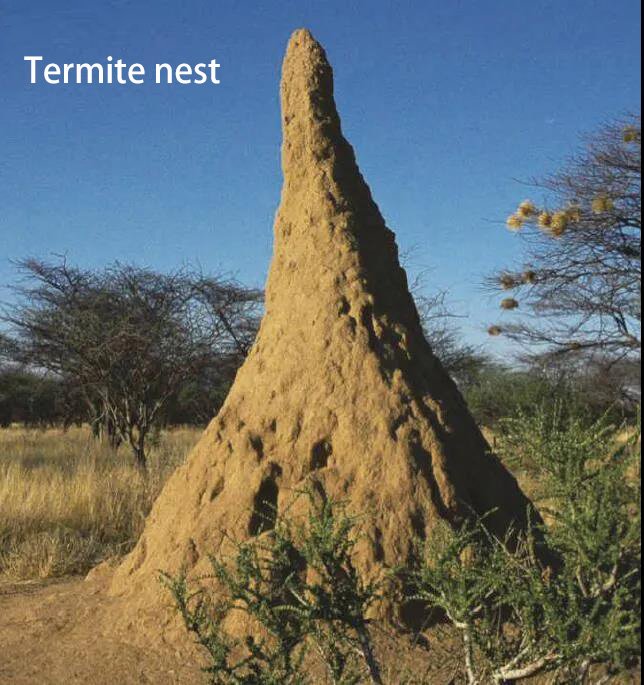
Russian scientists sent the lichen found in Antarctica into space and completely exposed it to the open space. These lichens experienced the tests of vacuum, weightlessness, temperature changes and cosmic rays for half a month. However, after returning to the earth and returning to a comfortable environment, they recovered their metabolic activity within one day.
Love symbiosis and mutual assistance
In addition to symbiosis with plants, algae and bacteria, fungi can also symbiosis with animals, such as ants. Different species of leaf cutting ants will coexist with different fungi. Leaf cutting ants use broken leaves to cultivate symbiotic fungi and remove other organisms that pose a threat to fungi, while fungi produce expanded hyphae to feed leaf cutting ants.
In addition to leaf cutting ants, termites coexist with fungi. Some fungi are in some kinds of termites. They help termites digest and decompose cellulose substances; Some fungi are specially cultivated for termites. These termites themselves can’t digest wood, but they can chew wood into pulp, and then take it back to their “fungal breeding base” to ruminate to fungi. Fungi consume the wood pulp brought by termites, and their metabolites can feed termites. The ant colony we see in some documentaries or movies is built by termites to house these fungi that can metabolize wood pulp.
Metabolic capacity of fungi
The metabolic capacity of fungi is also an amazing micro art. Fungi can dissolve almost any substance in the world, from wood, oil to plastics, and even nuclear reactors. In 1991, scientists returned to Chernobyl, where a nuclear accident occurred, and found a black fungus that feeds on nuclear radiation in the abandoned nuclear reactor.
This fungus contains a lot of melanin, which not only helps the fungus absorb radiation, but also converts the radiation into chemical energy to help the fungus grow. By 2003, Chinese scientists had found another radiation resistant fungus, shiyuhu fungus, in the highly radioactive soil of Xinjiang, which could survive safely in the high radiation environment. These findings also reveal that even in extreme cosmic environments, organisms may exist.
In addition, fungi can also absorb heavy metals in the soil, decompose artificial chemicals such as pesticides, herbicides and disinfectants into carbon dioxide and water, and provide shelter for organisms such as termites, etc.
The future potential is infinite
In 2017, after reconstructing the diet of Neanderthals for more than 40000 years, researchers found that a Penicillium appeared in the diet of a Neanderthal with dental disease. Therefore, the researchers speculate that fungi had entered human life as early as that time. In 1928, the official discovery of antibiotic penicillin saved countless lives, and penicillin came from Penicillium.
Fungi are now the source of many important drugs. Environmental friendly mycin extracted from Trichoderma porous fungi is the safest and most effective immunosuppressive drug at present. For example, by inhibiting the immune response, epothilones reduce the exclusive reaction caused by organ transplantation, so as to improve the success rate of organ transplantation (but due to the inhibition of the immune response, epothilones also bring infectious side effects). For another example, selosibin extracted from psychedelic mushrooms can effectively alleviate severe depression and anxiety.
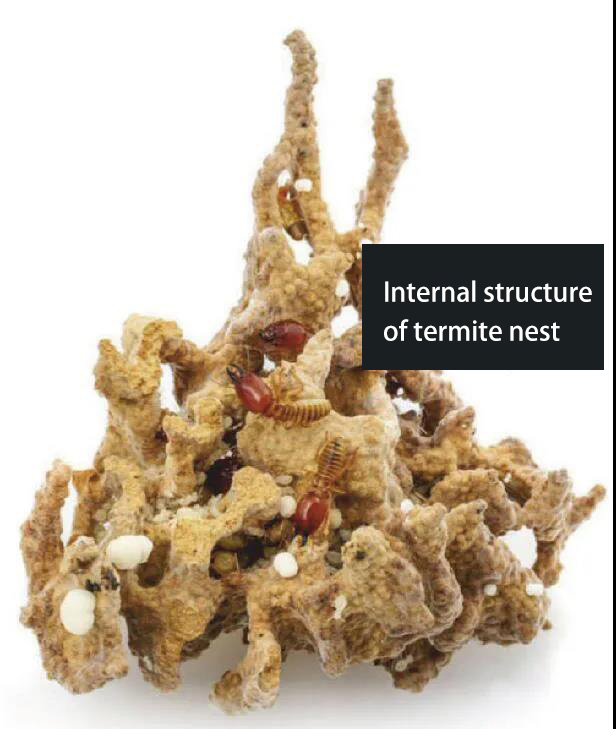
It’s not just drugs. Humans now plan to use fungi to make environmentally friendly building materials. The researchers first soaked the substrate (agricultural or industrial residue) used to cultivate fungi with water and sterilized it at high temperature. Then, the researchers introduced the fungi into the substrate, and then put the substrate into molds such as bricks, floors or doors for culture. The adhesive formed by the fungi in the process of natural metabolism was used to bond the components of the substrate. Finally, the researchers took out the substrate for molding and high-temperature sterilization, and the environmental friendly fungal building materials were ready. Although the hardness can not catch up with traditional building materials, fungal building materials have better sound insulation, heat insulation and water absorption properties.
Fungi do more than that for humans. Scientists estimate that there are 2.2 million to 3.8 million species of fungi in the world, of which only 6% are known. Human understanding of fungi has just begun. Who knows what surprises fungi can bring to mankind in the future.
Comments